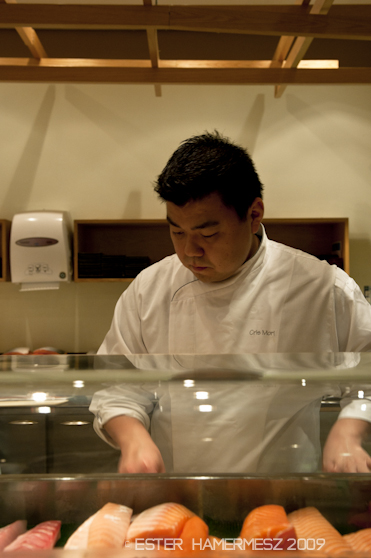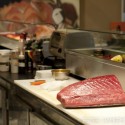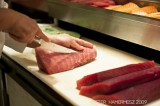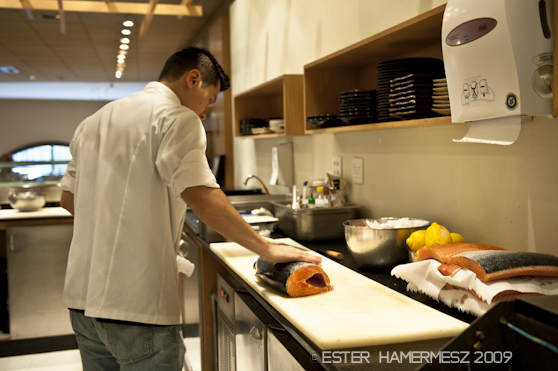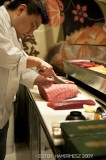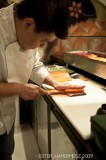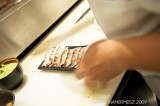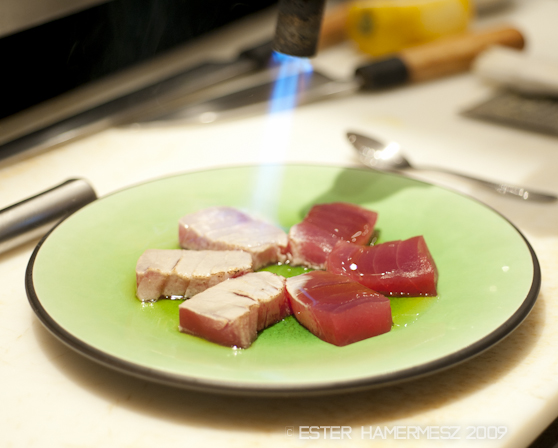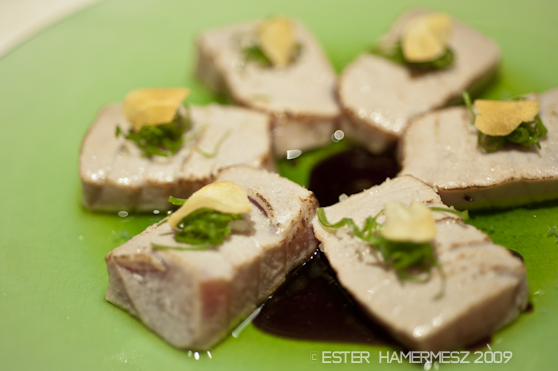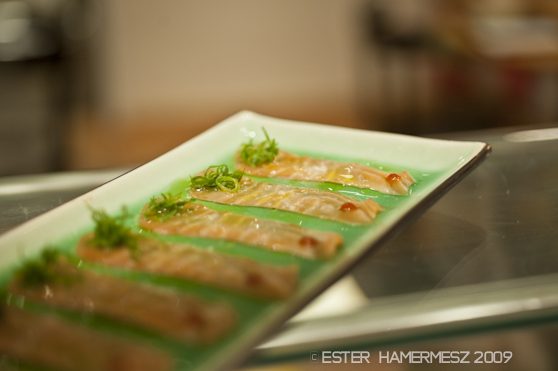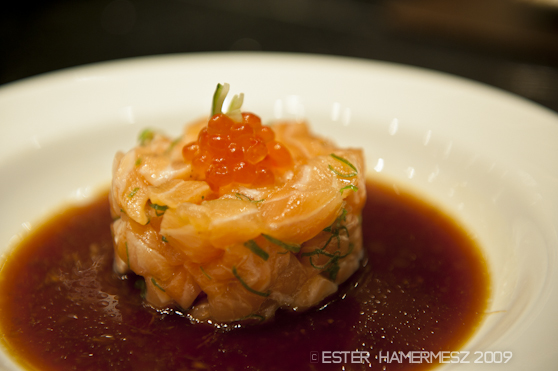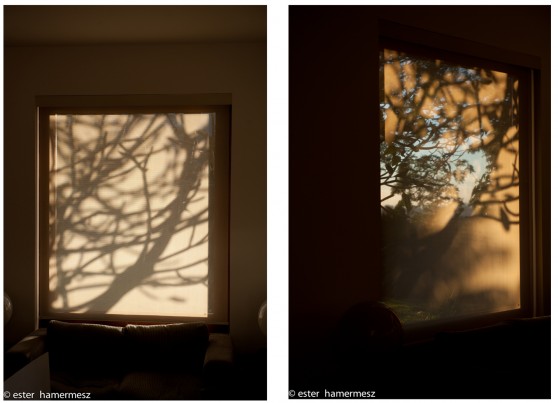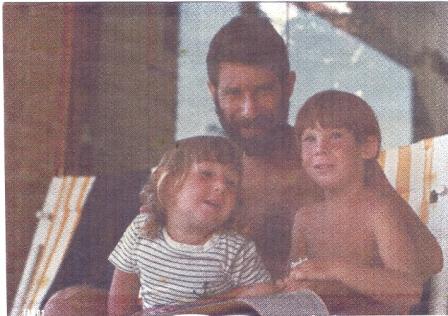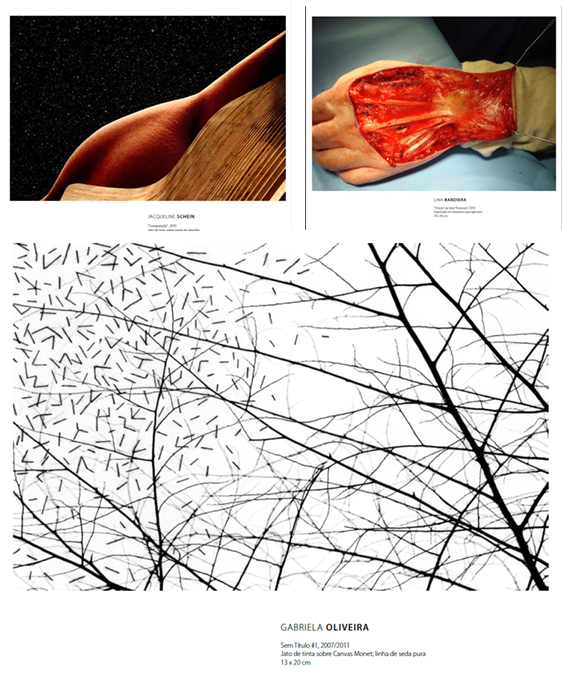Um dos meus heróis, o escritor J.M. Coetzee sofre do mesmo mal que outros artistas Sul-Africanos espetaculares- entre eles, Marlene Dumas e William Kentridge. O mal é a culpa e a angústia causada por presenciar atos criminosos contra os negros em seu país e não ter a coragem de lutar ativamente contra esta tragédia. Todos os três exibem em sua arte esta angustia que lhes corrói a alma.
Este livro espetacular que li em duas horas não consegui parar nem para mudar de posição, tal o envolvimento.
Mrs Cullen é uma senhora que está morrendo de câncer e começa a escrever cartas à sua filha que mora nos Estados Unidos como forma de deixar a ela uma “herança”. A filha havia deixado a África do Sul prometendo nunca mais voltar- enquanto estes “animais” estivessem no poder. A poucos quilômetros de sua casa acontecem chacinas muito semelhantes às que temos presenciando na periferia de São Paulo nas últimas semanas. Sua empregada doméstica volta da folga trazendo junto seus filhos, tentando protegê-los da violência da periferia e Mrs Cullen se vê “sitiada” por adolescentes rebeldes e violentos, os quais por um lado admira pela coragem de se levantar contra o regime opressor e por outro lado tem horror- principalmente por desafiar os mais velhos. Esta mesma dualidade se encontra nos filmes e trabalhos de Kentridge e também de Marlene Dumas. Ao mesmo tempo que Coetzee relata seu desprezo por estes seres humanos abusivos, desafiadores, tem pena e culpa de não ajudá-los a vencer a ditadura, o preconceito e a violência por parte do governo.

left behind
A história é toda contada através do uso de um personagem adicional que faz a figura do “alter ego” – e Coetzee é um mestre nesta técnica, tendo usado a mesma em outros livros, Elizabeth Costello entre outros. Em seus livros, o autor tem longas conversas com si mesmo. Em “Age of Iron” o personagem é Vercueil, um alcoólatra, morador de rua, que Mrs. Cullen encontra em sua casa uma tarde dormindo na garagem. Ela quer e “não quer” se livrar dele. Ele invade sua casa, traz uma companheira para morar lá, está sempre bêbado, fedorento, sujo- mas ela não consegue expulsa-lo pois sabendo da morte iminente quer o homem para “guiá-la” até o “outro lado” . Em meio a violência que os circunda, Vercueil é a pessoa que lhe mostra o lado do amor do ser humano.
Coetzee e Kentridge são tão especiais porque nos colocam nesta berlinda que também vivemos aqui no Brasil- a dualidade de ter que conviver com o bandido que te assalta e mata mas ao mesmo tempo nos dá pena pois sabemos que alguns deles não tem nada a perder, nunca teve uma chance na vida. Sou suspeita de elogiar Coetzee. Tenho e li várias vezes quase todos os seus livros e fiquei surpresa de encontrar este que foi publicado a primeira vez em 1990 e que eu não conhecia. Imperdíiiiivellll!
Click here to leave a comment...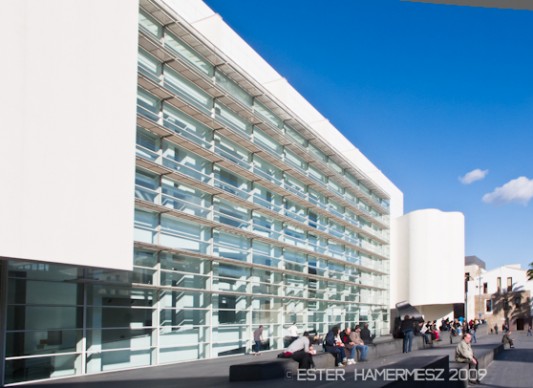
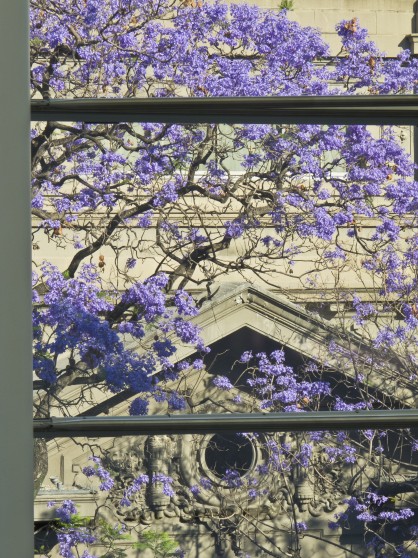


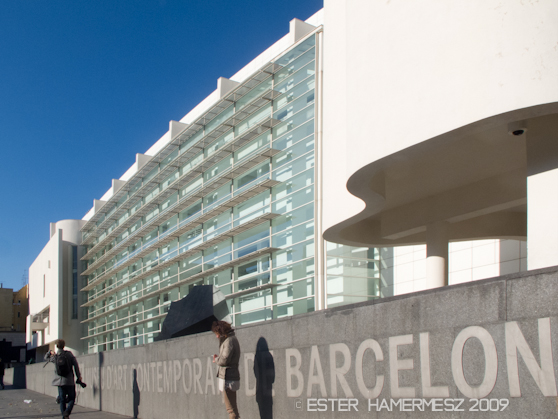
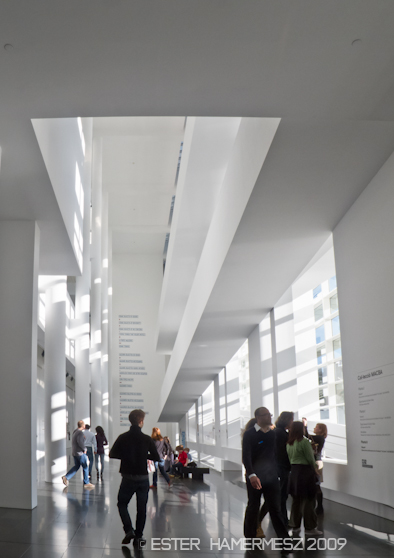

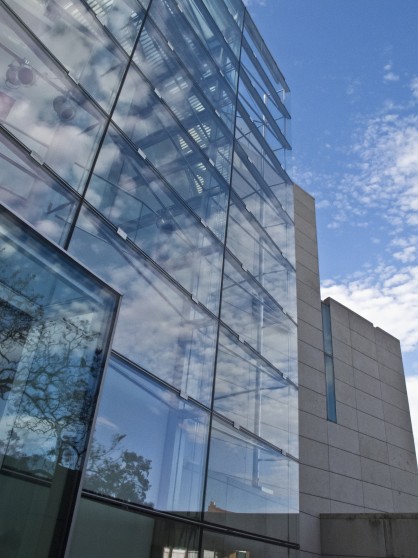
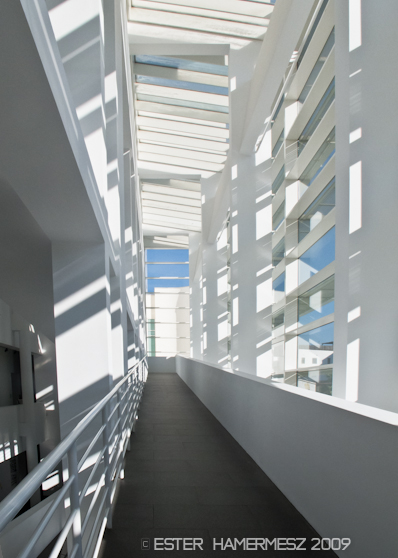
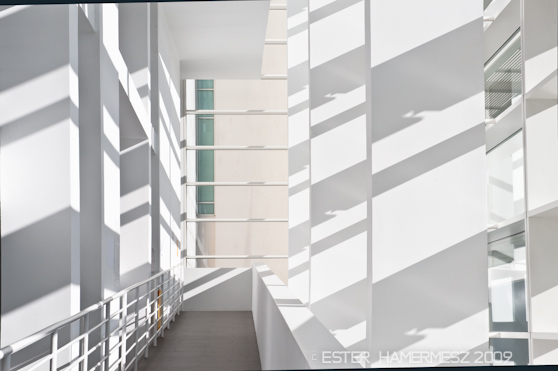
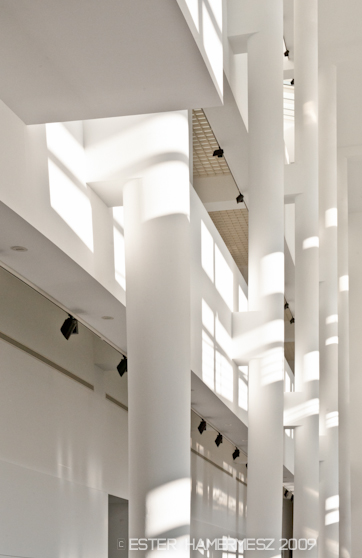
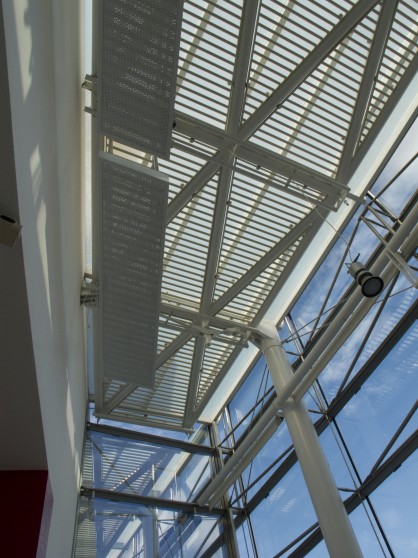
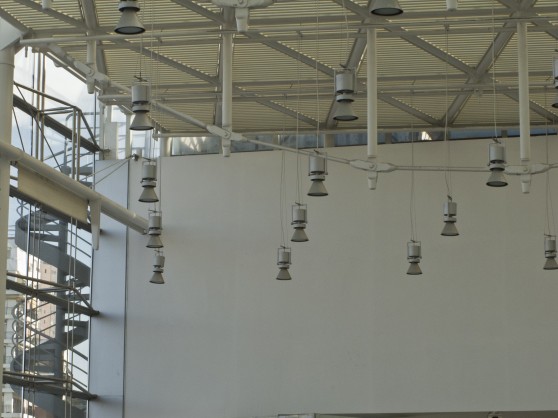
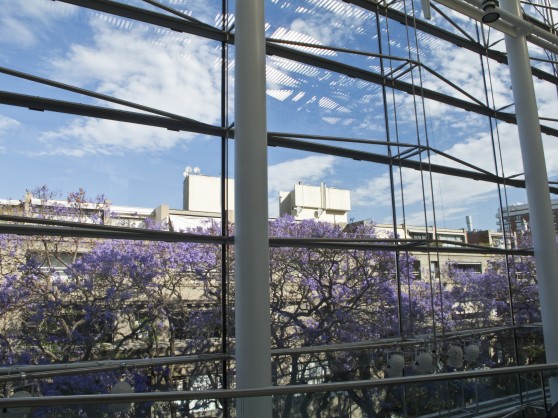 Both museums are impeccably curated. When I visited MALBA last year there was a complete and entertaining retrospective of Marta Minujin. MACBA is showing Muntadas and an impressive work by Anri Sala. The film: 1395 Days Without Red- a collaborative project between Sejla Kameric and Anri Sala. The film is about the siege of Sarajevo that lasted 1395 days. During that period between 1992 and 1996 any citizen crossing town was threatened to be shot down by snipers and every time they reached a corner they had to hold their breath and hope they would make it to the other side of the street alive. The camera follows a woman going across town, stopping at each corner, trying to reach the rehearsal of the orchestra she is part of. As she walks she rehearses the piece in her head and hums the concert while walking through the treacherous streets. It’s an unforgettable film- just like the museum showing it!
Both museums are impeccably curated. When I visited MALBA last year there was a complete and entertaining retrospective of Marta Minujin. MACBA is showing Muntadas and an impressive work by Anri Sala. The film: 1395 Days Without Red- a collaborative project between Sejla Kameric and Anri Sala. The film is about the siege of Sarajevo that lasted 1395 days. During that period between 1992 and 1996 any citizen crossing town was threatened to be shot down by snipers and every time they reached a corner they had to hold their breath and hope they would make it to the other side of the street alive. The camera follows a woman going across town, stopping at each corner, trying to reach the rehearsal of the orchestra she is part of. As she walks she rehearses the piece in her head and hums the concert while walking through the treacherous streets. It’s an unforgettable film- just like the museum showing it!